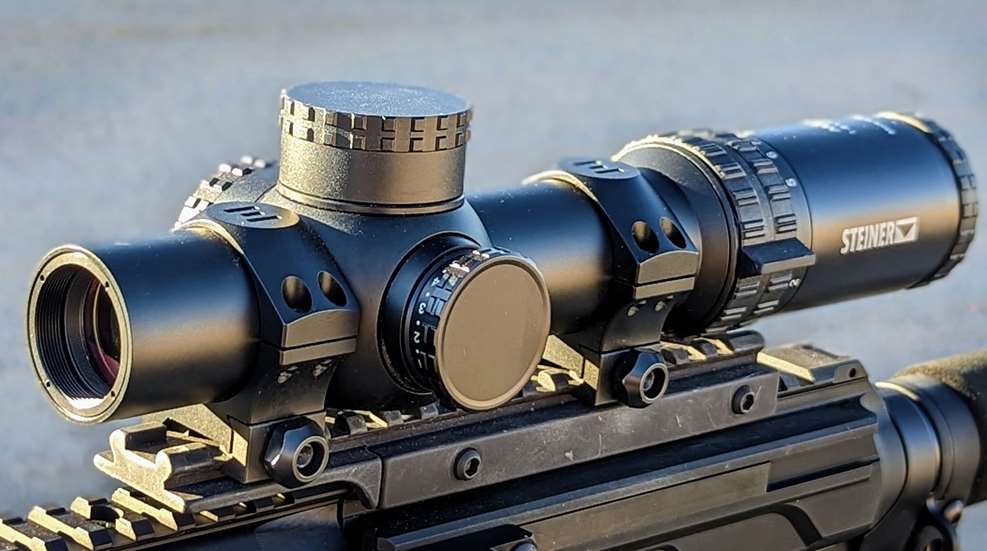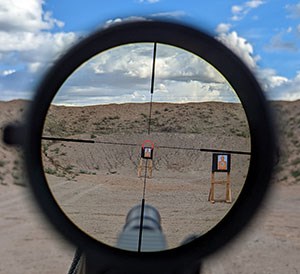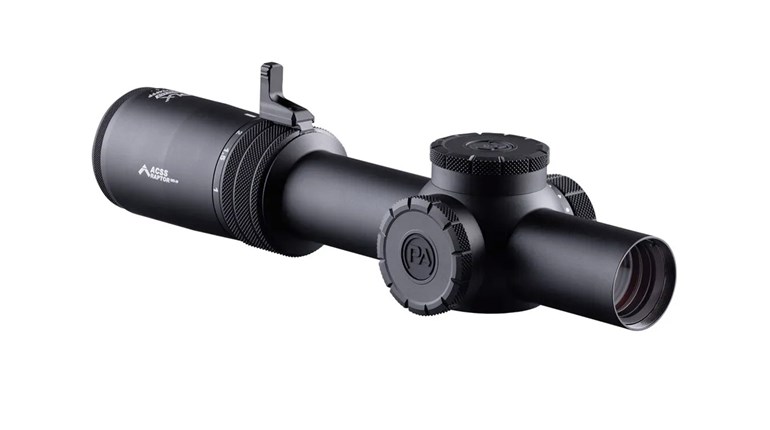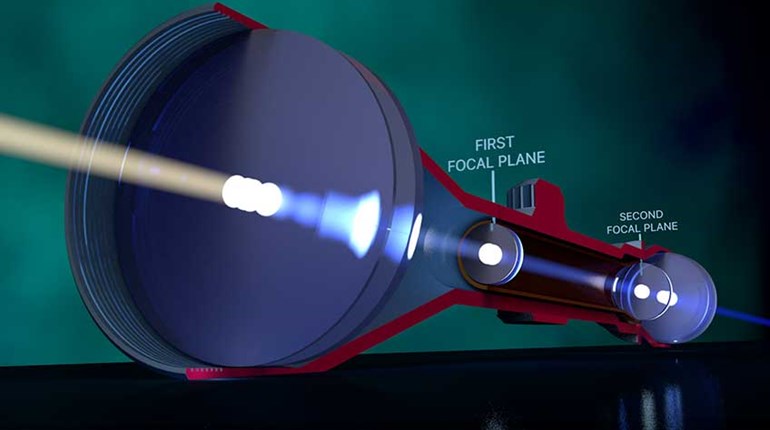
For the better part of the last 20 years, I have been answering questions about sporting optics. A bit more than half of them boil down to the ever-burning question of what optic is the best option for your application and budget. However, a significant number of them are along the lines of “I am having problems with my riflescope, what’s wrong with it?”
About eight times out of 10, there is nothing wrong with the riflescope, or at least there wasn’t before it was mounted. Mounting a riflescope looks pretty straightforward and it really is pretty straightforward. However, there are a couple non-obvious details that should be followed, otherwise you can have problems with scope slippage, tracking, holding zero, distortion, etc. When a riflescope suffers a catastrophic failure, you just send it back to the manufacturer. When a failure is subtler than that, you get to spend a lot of ammo before you realize the problem is with the scope mounting.
The second most common cause of problems is with eyepiece setup. There are some exceptions, but by and large, riflescope companies have been pretty much shooting themselves in the foot by providing eyepiece set up instructions that range from non-existent to inaccurate to incomplete. The one saving grace there is that no one seems to read the manual anyway. Nowhere is it more apparent than with LPVOs (Low Power Variable Optics).
LPVOs are variable power riflescopes that start on 1x. The most common configurations are 1-4x24, 1-6x24 and 1-8x24, but there are quite a few others. Eyepiece set up for LPVOs is different than that for other types of riflescopes in that the final finetuning of the eyepiece has to happen on 1x. With LPVOs, 1x performance is paramount. Higher magnifications are a nice added bonus, but these scopes exist because of what they bring in terms of capability on 1x.
Traditionally, everyone sets the scope to the highest magnification, looks at a uniform background of some sort, twists the eyepiece a little until the reticle looks sort of sharp and leaves it at that. That usually gets you close, but a little bit of fine-tuning is almost invariably required. For LPVOs, that finetuning is critical for speed of target engagement on 1x.
The reason the word “eyepiece” has “eye" in it is not simply due to it being the part of the riflescope closest to your eye. Your eye is a critical part of the imaging and targeting process and the eyepiece is what allows your eye to work seamlessly with the optics in the riflescope.
 Eyepiece adjustment (commonly referred to as diopter adjustment), can change the apparent magnification of the riflescope anywhere from 0.8x to 1.2x or thereabouts as viewed by a theoretically perfect human eye. Since the eyes we have are not theoretical or perfect, that range of adjustment accommodates most of the common vision irregularities we all have. With LPVOs, it is there to make sure that 1x is really 1x. The best way to finetune it is to look at an object 25 to 50 yards away and make sure that it looks to be about the same size looking through the riflescope as it is looking past the riflescope. Even when the objects through the optic look about the right size, you might still be able to make the edge distortion a little less prominent by further subtle adjustment of the diopter. Do keep in mind that there will likely still be some residual edge distortion which is usually not an issue.
Eyepiece adjustment (commonly referred to as diopter adjustment), can change the apparent magnification of the riflescope anywhere from 0.8x to 1.2x or thereabouts as viewed by a theoretically perfect human eye. Since the eyes we have are not theoretical or perfect, that range of adjustment accommodates most of the common vision irregularities we all have. With LPVOs, it is there to make sure that 1x is really 1x. The best way to finetune it is to look at an object 25 to 50 yards away and make sure that it looks to be about the same size looking through the riflescope as it is looking past the riflescope. Even when the objects through the optic look about the right size, you might still be able to make the edge distortion a little less prominent by further subtle adjustment of the diopter. Do keep in mind that there will likely still be some residual edge distortion which is usually not an issue.
The reason for not doing this at “across the room distances” is that there is a perspective difference due to the riflescope objective being closer to whatever you are looking at than your eye is. It can trick you into thinking there is a magnification difference when there is none. For the same reason, you should also be doing this with elevation and windage adjustments centered. If whatever you are looking at is 25 yards or more away, it makes no perceptible difference.
Once you go through this exercise, assuming there are no other issues, your target acquisition on 1x will get a little faster and eye fatigue will get a little lower. If you repeat this exercise during dusk as the light gets a little lower, you will get even better results.





































